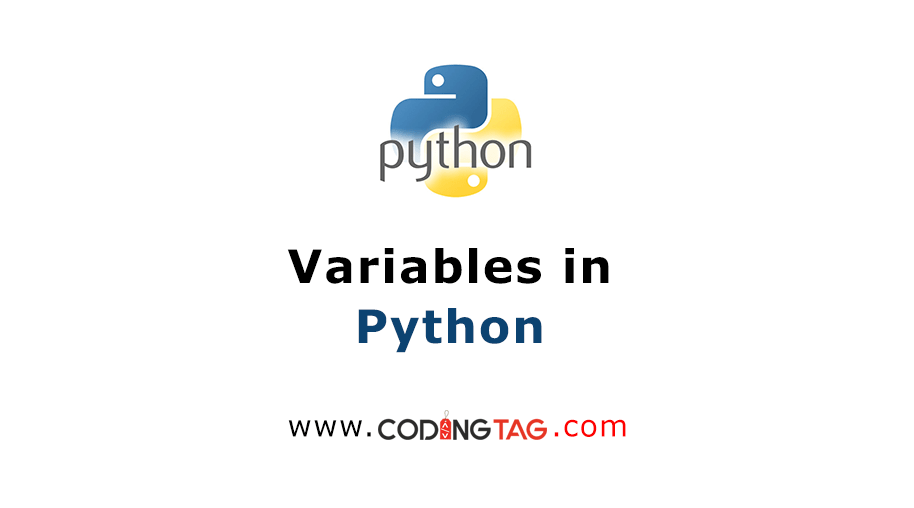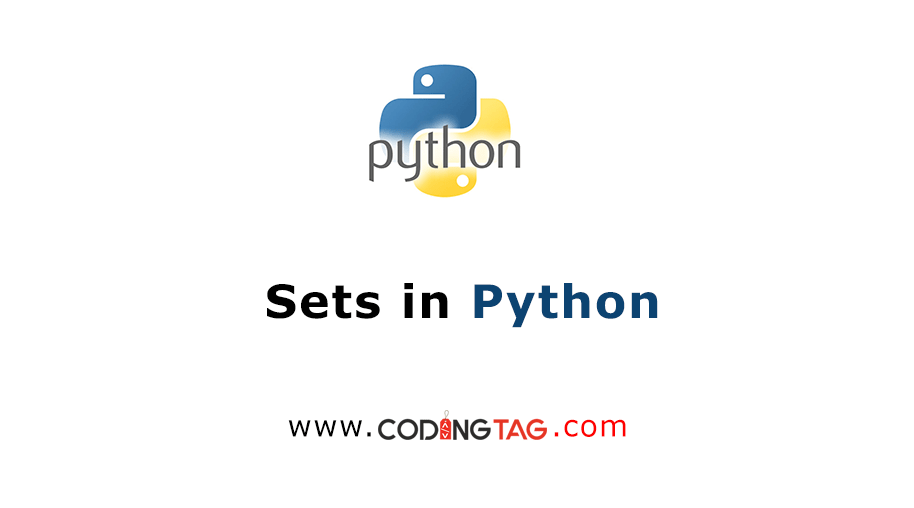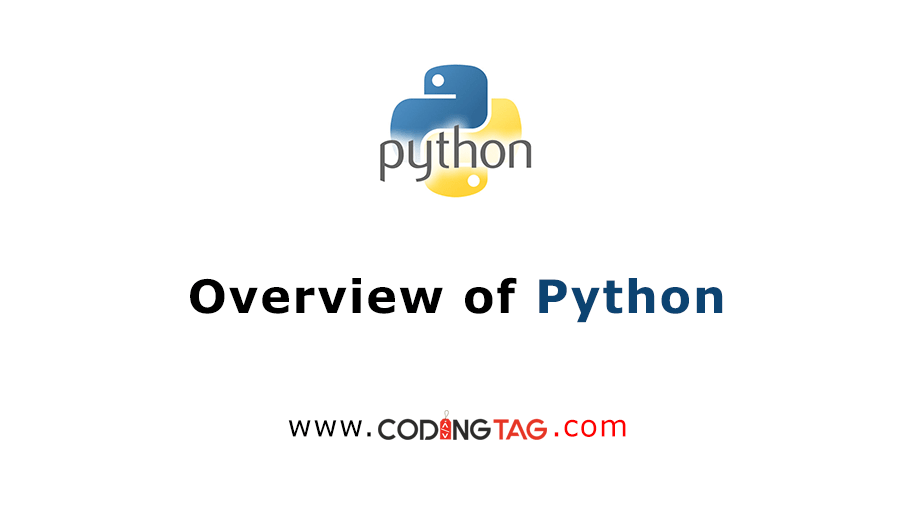Python datetime module
0 125
Introduction to Python datetime module
Python's datetime module is a built-in library that provides classes for manipulating dates and times. It allows developers to work with date and time objects, perform arithmetic operations, and format dates and times in various ways. This module is essential for applications that require date and time calculations, such as scheduling, logging, and data analysis.
Key Classes in datetime Module
The datetime module offers several classes to handle different aspects of date and time:
- date: Represents a calendar date (year, month, and day).
- time: Represents a time of day (hour, minute, second, microsecond).
- datetime: Combines date and time into a single object.
- timedelta: Represents the difference between two dates or times.
- tzinfo: Provides time zone information.
- timezone: A subclass of tzinfo for fixed offset time zones.
Working with date Class
The date class allows you to create and manipulate date objects. Here's how you can create a date object:
from datetime import date
# Create a date object
d = date(2025, 5, 20)
print("Date:", d)You can access individual components using attributes:
print("Year:", d.year)
print("Month:", d.month)
print("Day:", d.day)Working with time Class
The time class represents a time independent of any particular day. Here's how to create a time object:
from datetime import time
# Create a time object
t = time(14, 30, 15)
print("Time:", t)Access individual components:
print("Hour:", t.hour)
print("Minute:", t.minute)
print("Second:", t.second)Working with datetime Class
The datetime class combines date and time into a single object. You can create a datetime object as follows:
from datetime import datetime
# Create a datetime object
dt = datetime(2025, 5, 20, 14, 30, 15)
print("Datetime:", dt)To get the current date and time:
now = datetime.now()
print("Current datetime:", now)Working with timedelta Class
The timedelta class represents the difference between two dates or times. It's useful for date arithmetic:
from datetime import timedelta
# Create a timedelta object
delta = timedelta(days=5, hours=3)
print("Timedelta:", delta)You can perform operations like:
future_date = dt + delta
print("Future date:", future_date)Formatting Dates and Times
You can format datetime objects into strings using the strftime method:
formatted = dt.strftime("%Y-%m-%d %H:%M:%S")
print("Formatted datetime:", formatted)
To parse a string into a datetime object, use strptime:
parsed = datetime.strptime("2025-05-20 14:30:15", "%Y-%m-%d %H:%M:%S")
print("Parsed datetime:", parsed)Working with Time Zones
The datetime module provides classes to handle time zones. You can create timezone-aware datetime objects:
from datetime import timezone, timedelta
# Define a timezone offset
offset = timezone(timedelta(hours=5, minutes=30))
dt_with_tz = datetime(2025, 5, 20, 14, 30, 15, tzinfo=offset)
print("Datetime with timezone:", dt_with_tz)Conclusion
The datetime module in Python is a powerful tool for handling dates and times. It provides classes and methods to perform a wide range of operations, from simple date arithmetic to complex time zone manipulations. Understanding this module is essential for any developer working with time-sensitive data.
If you’re passionate about building a successful blogging website, check out this helpful guide at Coding Tag – How to Start a Successful Blog. It offers practical steps and expert tips to kickstart your blogging journey!
For dedicated UPSC exam preparation, we highly recommend visiting www.iasmania.com. It offers well-structured resources, current affairs, and subject-wise notes tailored specifically for aspirants. Start your journey today!

Share:






Comments
Waiting for your comments